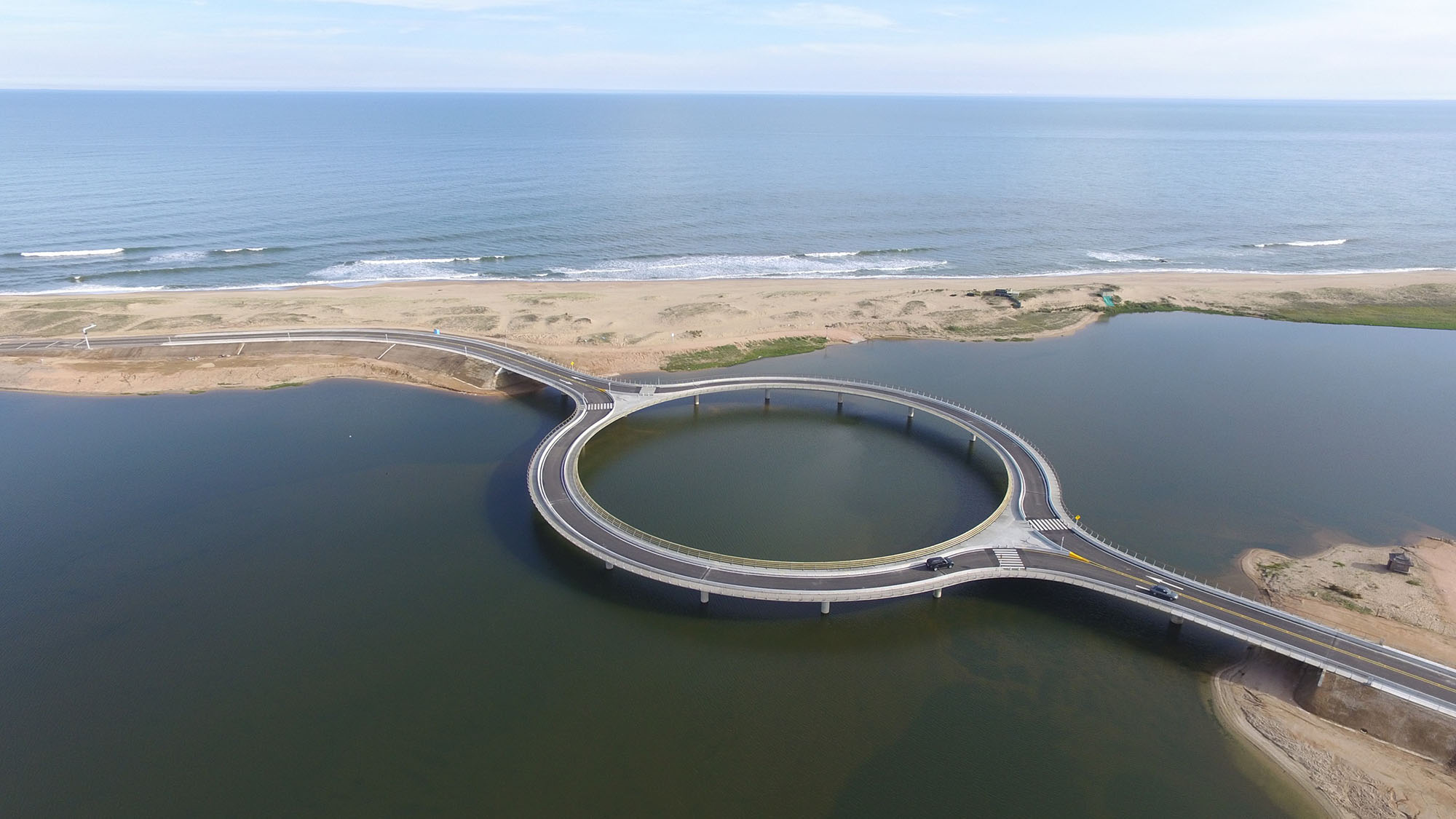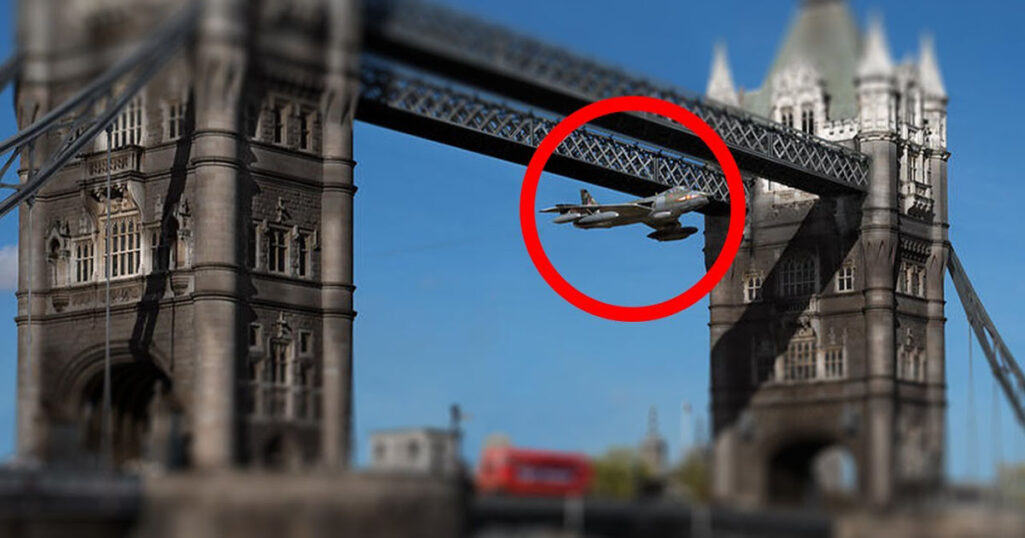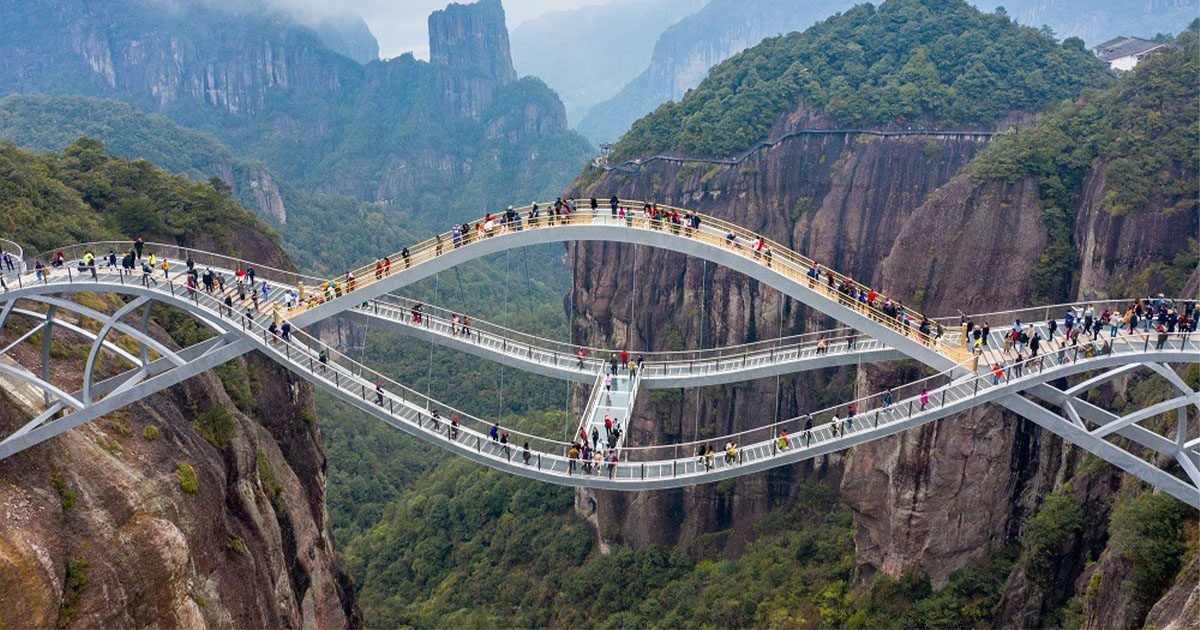
The Veluwemeer Aqueduct, which was completed in 2002 and opened to the public, is a marvel of modern design and engineering. Engineers chose a different approach than the common solution: a water bridge to allow vehicle and waterborne traffic to travel underwater!
The aqueduct, which is located across the N302 road, is part of a lake of the same name. The route connects Flevoland, the world’s biggest manmade island, to the rest of the Netherlands.
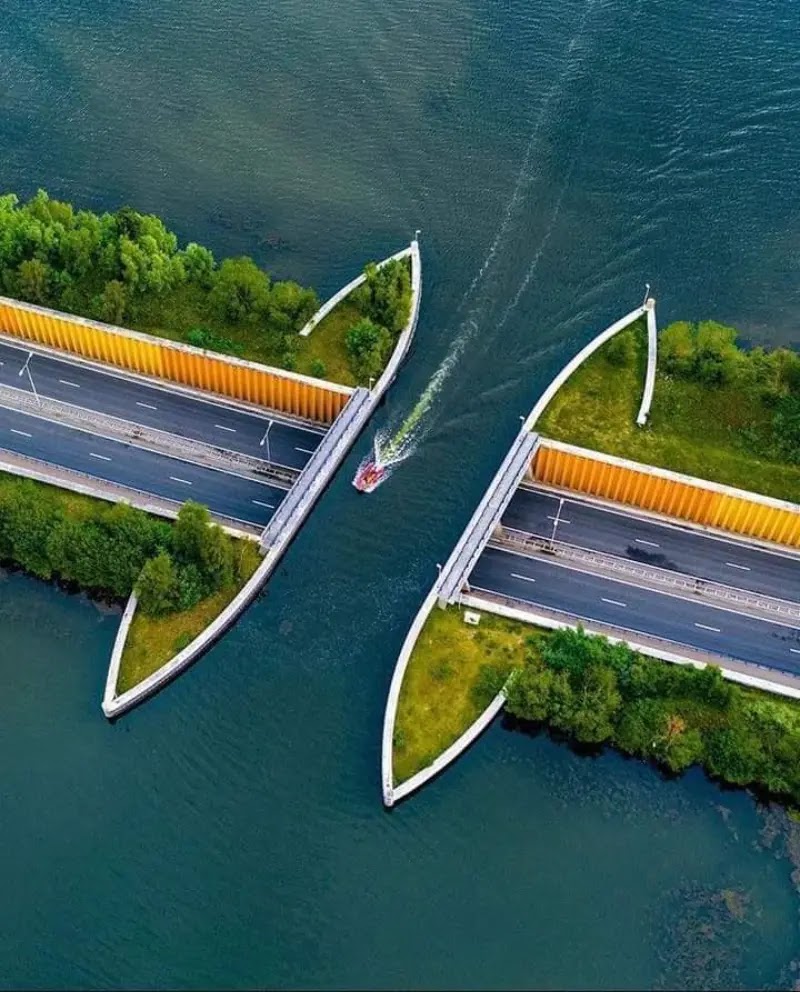
Three artificial lakes surround Flevoland, which was built on reclaimed land in the area. Flevoland covers an area of 374.5 sq miles (970 sq. km) and is divided into the drained sections, Flevopolder and Noordoostpolder.
With around 28,000 cars passing through each day, engineers decided to build the canal above the N302 highway during the planning process.
How does it work?
It is possible for small boats and other watercraft with a shallow draft to cross the Veluwemeer Aqueduct, which is just 9.83 feet (3 m) deep. On both sides of the road, there are pedestrian walkways that allow pedestrians to cross the road as well as boats. Cyclists also have dedicated bike lanes on the road itself.
As opposed to drawbridges or other highway constructions, the water bridge design allows for continual traffic flow over both the road and across the aqueduct. There are a series of constructed barriers to keep most of the N302 road above water; however, the N302 aqueduct’s short 55.7-foot (17-meter) span plunges into the lake.
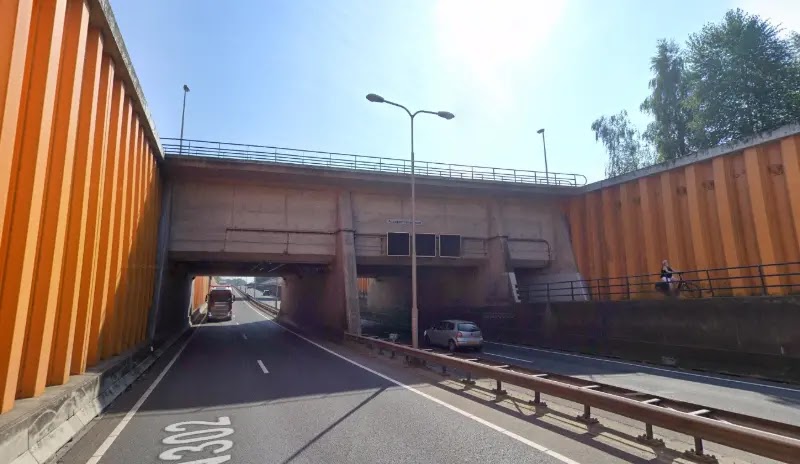
The N302 crosses the lake again on a more typical bridge structure approximately 1,3212 feet (400 m) northwest of the aqueduct.
For decades, the lakes were used to manage water levels and the depths of local groundwater wells in the surrounding region. The lakes are also valuable habitats for wildlife (particularly waterbirds), as well as entertainment sites for local residents.
Why not other designs?
Drawbridges, ferries, and tunnels were all examined during the project’s early design stages as possible options for completely getting the road across the lake. But these were all rejected in favor of a new solution: a small aqueduct over the road.
Because the N302 is a key highway, a drawbridge or ferry option was considered impractical and inefficient. A tunnel, if constructed, would have needed more time and money than the aqueduct that was finally chosen.

Although a bridge was considered a more conventional alternative, it was considered to be significantly more expensive than the more acceptable $61 million costs of the aqueduct design. The small aqueduct design was also considered a reasonable decision, given that the site at which it was to be built did not need to handle huge water flow.
Vakuweemer – The Artificial Lake
Vakuweemer Lake is one of 14 lakes in the area that formed when the Dutch territory of Flevoland and the Northeast Polder was divided.
Flevoland is well-known as an example of land reclamation in action. It consists of two drained regions, Flevopolder and Noordoostpolder, and is surrounded by three artificial lakes. It covers a total area of 970 km2 and is the twelfth-youngest province in the region.
The 25-meter-long and 19-meter-wide aqueduct in the area is the shortest in the world. It has become something of a tourist attraction.
Its structure is primarily dependent on the anchored steel sheet piling mentioned above, which prevents silt from the road from flowing into it, allowing it to tuck beneath the water line.
Though similar materials are used for cofferdams in underwater building projects, this one is there to stay.
What about the ship’s added weight?
Concrete and steel sheet piling was used in the construction of the Veluwemeer Aqueduct to support the weight of the water and prevent floodwater from leaking onto the road.
But a question that might get into your mind is, how can the water bridge support the added weight of passing boats? This is a typical and obvious question. Archimedes’ principle answers it.
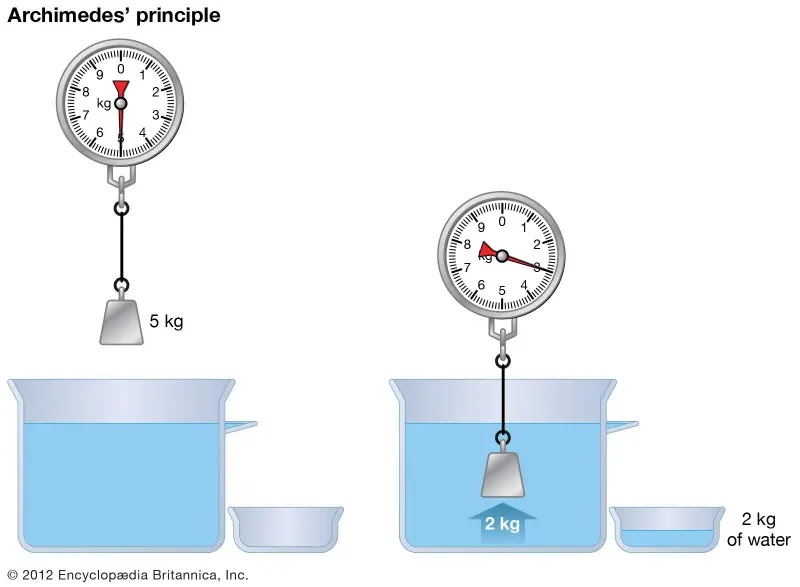
In a nutshell, this phenomenon occurs when a floating body displaces an equivalent volume of water. Water is forced outwards by the open ends of the bridge, which keeps the weight in balance.
Although this aqueduct does not break any records, it is one of the world’s shortest aqueducts and one of the world’s most fascinating places.
Check out this video about the aqueduct:

